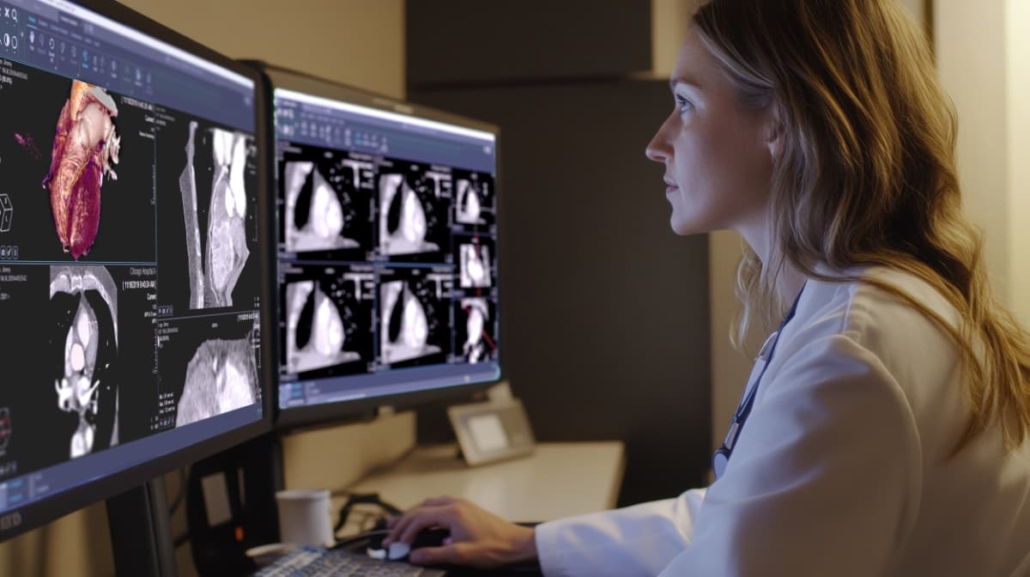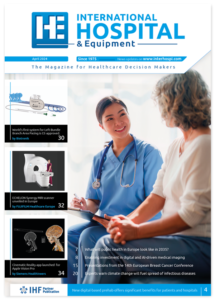Philips launches web-based diagnostic imaging viewer
Royal Philips has introduced a zero-footprint web diagnostic viewer as part of Philips Image Management 15, the next generation of Philips Vue PACS. The browser-based platform delivers full diagnostic capabilities without requiring local software installation, addressing persistent workflow challenges in radiology departments.
Server-side rendering enables remote diagnostics
The viewer utilises high-performance server-side rendering to handle complex datasets including digital breast tomosynthesis and cardiac CT studies. Processing is optimised between client and server to maintain consistent image quality across on-site, enterprise, and remote working environments whilst simplifying IT deployment requirements.
“We were among the first to test the new Philips web-based diagnostic viewer, and the difference is clear. It loads studies quickly and runs smoothly, even with large datasets. The new interface is intuitive and lets us focus entirely on the images, a real step forward in performance and usability,” said Pieter Hoste, Chief Radiologist and Head of Medical Imaging at AZ West Hospital, Belgium.
Integration with AI and reporting workflows
The platform interfaces with connected AI tools to consolidate patient information within a single workspace. Native integration with the interactive reporting module manages reporting within the PACS workflow, eliminating separate dictation systems and enabling radiologists to generate comprehensive reports without switching applications.
The user interface provides access to advanced clinical applications and accelerates interpretation by aligning images across modalities and time points. Combined with the Philips Advanced Visualization Workspace, analysis results integrate directly into the reporting workflow to enhance efficiency.
Cloud deployment through AWS infrastructure
The viewer is built for cloud deployment via Philips HealthSuite, powered by Amazon Web Services, with an on-premises option available. The architecture preserves existing infrastructure investments whilst enabling organisations to transition to cloud-based systems at their own pace.
“Health systems are under intense pressure to do more with less. The web diagnostic viewer is a milestone in our journey toward cloud-enabled, AI-integrated diagnostic imaging. It brings the power of advanced visualization, collaboration, and intelligence to any browser, helping radiologists stay connected and productive wherever care happens while streamlining IT operations,” said Madhuri Sebastian, Business Leader Imaging Informatics at Philips.
The software-as-a-service solution includes built-in security and scalability across multiple sites, ensuring consistent performance for distributed teams. The platform is currently available in the USA, with expansion to additional regions planned for 2026.
At RSNA 2025 (30 November- 1 December), Philips will showcase informatics solutions and its AI-driven imaging ecosystem in development, featuring generative AI for workflow automation and agentic AI for anatomy-aware study prioritisation.
- For more information, visit: philips.com/healthcare


